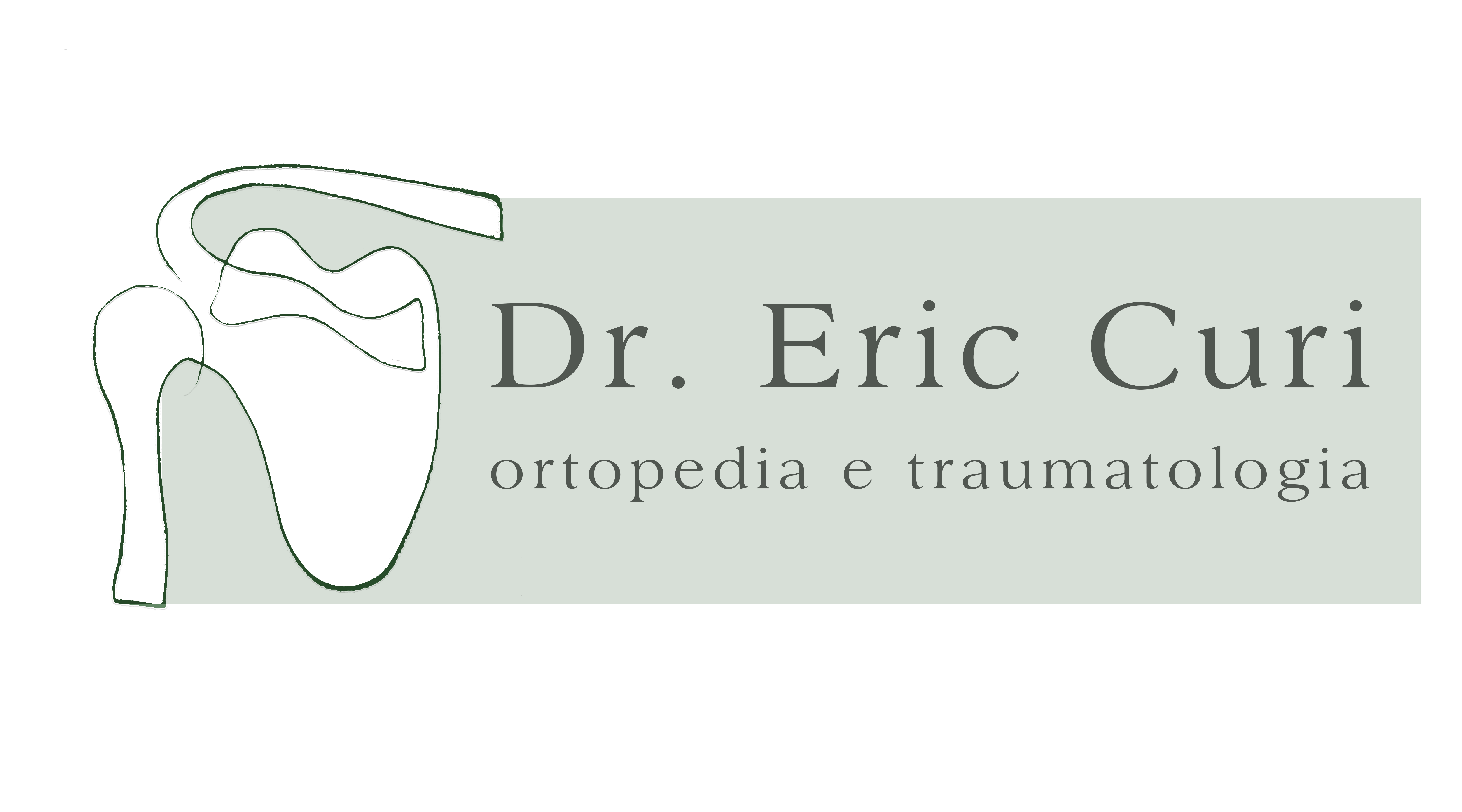Shoulder Surgery
Patologias do Ombro
Patologias do Cotovelo
Ortopedia Geral
Últimos Artigos
Shoulder Surgery: understand the procedure

Shoulder surgery is a medical procedure performed to correct issues in this joint when non-surgical (conservative) treatments have not been effective, or when the severity of the injury requires immediate surgical intervention.
It is indicated for treating a variety of conditions, including:
- Rotator cuff injuries
- Shoulder instability / Shoulder dislocation
- SLAP lesions
- Shoulder fractures (humerus, clavicle, or scapula)
- Tendon injuries
- Shoulder arthritis (joint replacement)
- Adhesive capsulitis (frozen shoulder)
These conditions can cause severe pain, limited movement, and affect the quality of life, making surgery a viable option for many patients.

What are the main types of shoulder surgery?
In general, shoulder surgery can be performed through two different approaches:
Arthroscopic Surgery
Arthroscopic surgery is a minimally invasive technique used to treat various conditions such as rotator cuff syndrome, shoulder dislocation, acromioclavicular joint dislocation (ACJ), certain types of fractures, and others.
In arthroscopy, small incisions—around one centimeter—are made, through which the necessary instruments are inserted, including a camera that transmits images to a monitor. The procedure is guided by these images. The number of incisions usually varies between 3 to 6 mini-cuts.
Like everything in medicine, this surgical technique has its pros and cons. The advantages include: less tissue disruption, good access to the joint, lower risk of post-operative infections, and being less invasive, which often allows for faster rehabilitation. The disadvantages include indirect visualization of structures, limited depth perception (two-dimensional view), and limitations in the range of possible procedures.
Arthroscopy is a well-established, modern surgical technique increasingly performed worldwide.
Open Surgery
Open surgery is the traditional method, involving an incision in the skin and dissection of the tissue layers to access the injury site directly.
In shoulder or elbow surgery, open surgery is used for various pathologies. There are cases where arthroscopic surgery yields better results, others where open surgery is more effective, and sometimes both techniques are viable without a clear superiority in long-term outcomes.
Shoulder Prosthesis Placement (Arthroplasty)
Shoulder prosthesis placement – technically known as glenohumeral arthroplasty – is a surgical procedure performed to replace damaged or worn-out parts of the shoulder joint with artificial components.


This surgery is indicated for patients with severe arthritis, severe fractures, or significant rotator cuff injuries.
The surgery involves replacing the damaged parts of the joint with implants. The damaged areas, including ligaments, cartilage, and bone, are removed and replaced with the implants. The arthroplasty can be total, replacing both the humeral head and the glenoid, or partial, replacing only the humeral head.
There is also a third type of prosthesis, which has been increasingly used in recent years: the reverse shoulder prosthesis. The reverse shoulder arthroplasty is a type of total prosthesis—replacing both the humeral head and the glenoid. However, in this case, the biomechanics of the joint are altered.
The spherical part of the joint, which naturally belongs to the humerus, is moved to the glenoid, and the slightly concave part, which naturally belongs to the glenoid, is moved to the humerus. Reverse shoulder prostheses have significantly improved surgical outcomes and today offer substantial improvements in the quality of life for patients. This prosthesis reduces the reliance on the rotator cuff for proper shoulder function, allowing a good quality of life for patients with severe rotator cuff problems.
For the reverse prosthesis to function well, the patient needs good deltoid muscle function, making the rotator cuff a secondary muscle group.

Anterior view of computerized planning of a reverse shoulder arthroplasty
Preparing for Shoulder Surgery
The preparation for shoulder surgery involves several important steps to ensure a successful procedure and smooth recovery.
Pre-operative Consultation
During the pre-operative consultation, we evaluate the patient’s medical history and request imaging exams, such as X-rays or MRIs, to better understand the extent of the injury and plan the surgical approach.
Additionally, we recommend an evaluation by a general physician, often a cardiologist or geriatrician, to ensure the patient is in optimal condition for surgery.
Pre-surgical Guidelines
You will receive a document with all the instructions related to your surgical procedure, including information on how to prepare for surgery, fasting, medications to avoid, and general health precautions.
Lifestyle Adjustments
Making certain lifestyle changes is important to ensure a faster recovery. This may include quitting smoking and maintaining a balanced diet. In some cases, we may recommend pre-surgical physiotherapy or exercises to assist in post-operative rehabilitation.
The Surgical Process
Anesthesia
A common question is about the type of anesthesia used, which will depend on each individual case. Our anesthesiologist will contact you a few days before the surgery to familiarize themselves with your medical background, provide essential instructions, and address any questions you may have.
For most shoulder surgeries, the anesthesia used consists of an interscalene block—a technique that numbs the entire upper limb—combined with general anesthesia, putting the patient to sleep with endotracheal intubation.
Performing the Procedure
The surgical procedure typically lasts between one to three hours, during which the injury will be repaired using the pre-planned techniques. However, the time the patient spends in the operating room is often longer. From the patient’s arrival to the start of the procedure, it usually takes 1 to 2 hours. After the surgery, patients often remain in the operating room for about 2 more hours before being transferred back to the room.
Thus, patients can spend up to 6 hours in the operating room. This extended time is due to the meticulous and detailed steps followed in the surgical process, which prioritize patient safety.
Immediate Post-operative Care
After surgery, you will be taken to the post-anesthesia recovery room where you will be monitored until the effects of anesthesia wear off.
A common question is whether the patient will need to be hospitalized, and this depends on the complexity of the surgery. In most cases, surgeries completed before 3 p.m. allow for discharge on the same day. However, for prosthesis surgeries or those completed after 3 p.m., the patient will stay overnight and typically be discharged the following day for safety and comfort.
Post-operative Recovery
Recovery after shoulder surgery varies depending on the technique used and the complexity of the injury treated.
In the first few days, you may experience pain and discomfort, which will be managed with medication. It is essential to follow all medical instructions to avoid complications.
Physiotherapy is a key component of recovery. It will help restore shoulder mobility and strength, leading to a quicker and more effective recovery.
Additionally, patients will need to make temporary lifestyle adjustments, avoiding high-impact activities and strictly following medical guidelines.
Recovery times vary, depending on the complexity of the injury and the type of surgery performed. Generally, the process can take anywhere from a few weeks to several months. However, the return to the use of the operated joint is always gradual. Simple activities like removing the sling, moving the elbow, using a computer, riding an exercise bike, or showering with the arm free can be done within a few days. Driving, being without the sling, and running are possible within about 3 weeks. On the other hand, returning to contact sports may take 3 to 6 months.
What are the costs of shoulder surgery?
Every surgery has three cost components: hospital fees, surgical materials, and the medical team’s fees.
Health insurance typically covers hospital and surgical material costs. However, the coverage for medical fees varies, depending on what the patient will be reimbursed.
In the case of private surgeries, all three cost components are paid by the patient, and there is often room for negotiation.
The values depend on the size and complexity of the surgery.
If you are considering shoulder surgery, schedule a consultation with Dr. Eric Curi to discuss your options and receive a personalized treatment plan.
We are here to help you get back to your daily activities with comfort and confidence!
Want to Learn More? Schedule a Consultation with Dr. Eric Curi.
Vila Olímpia
SARTOR - Medicina Integrada
- (11) 3045-2090
- Rua Helena, 218 - Trade Tower - 4º Andar
- Segunda - Sexta : 09:00 -18:00








